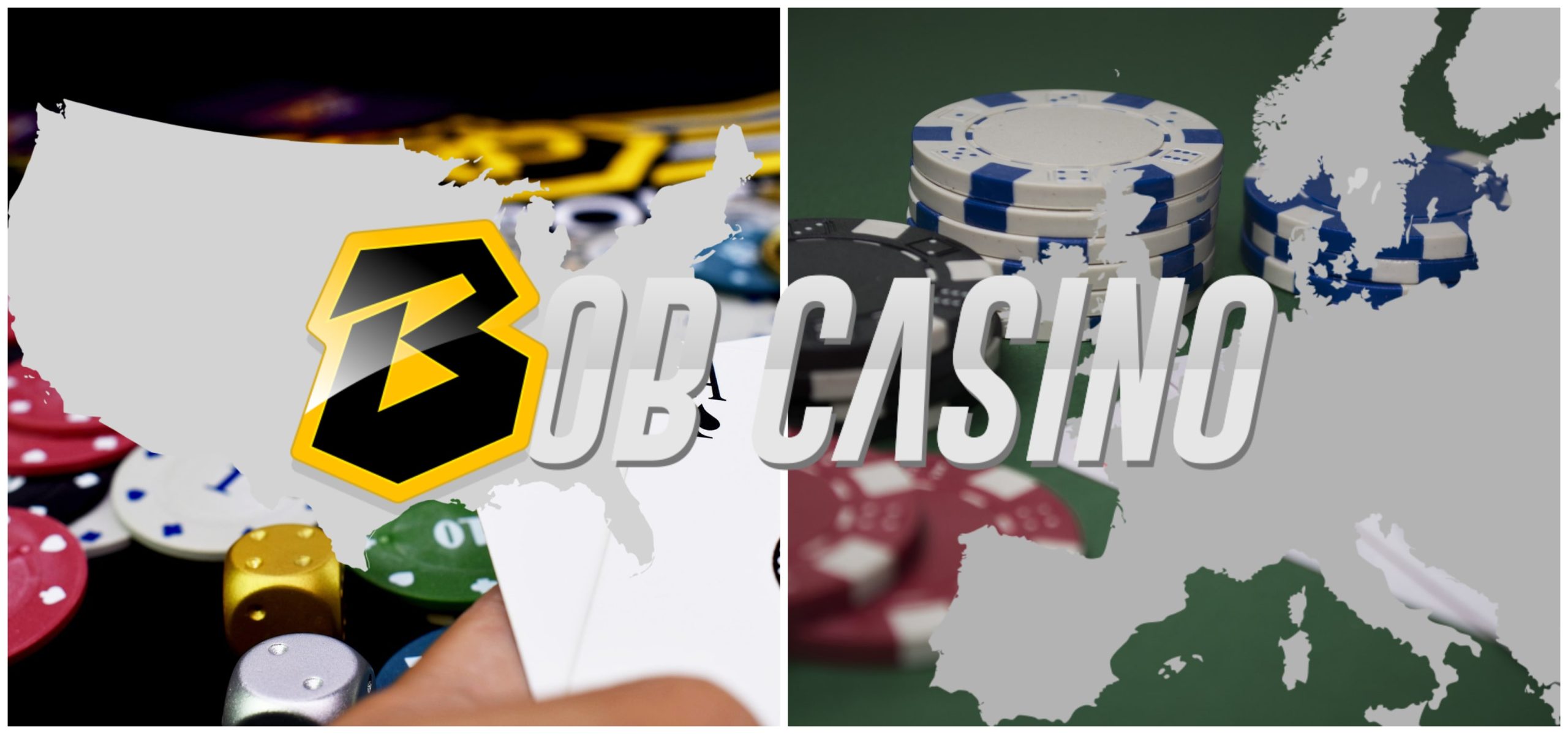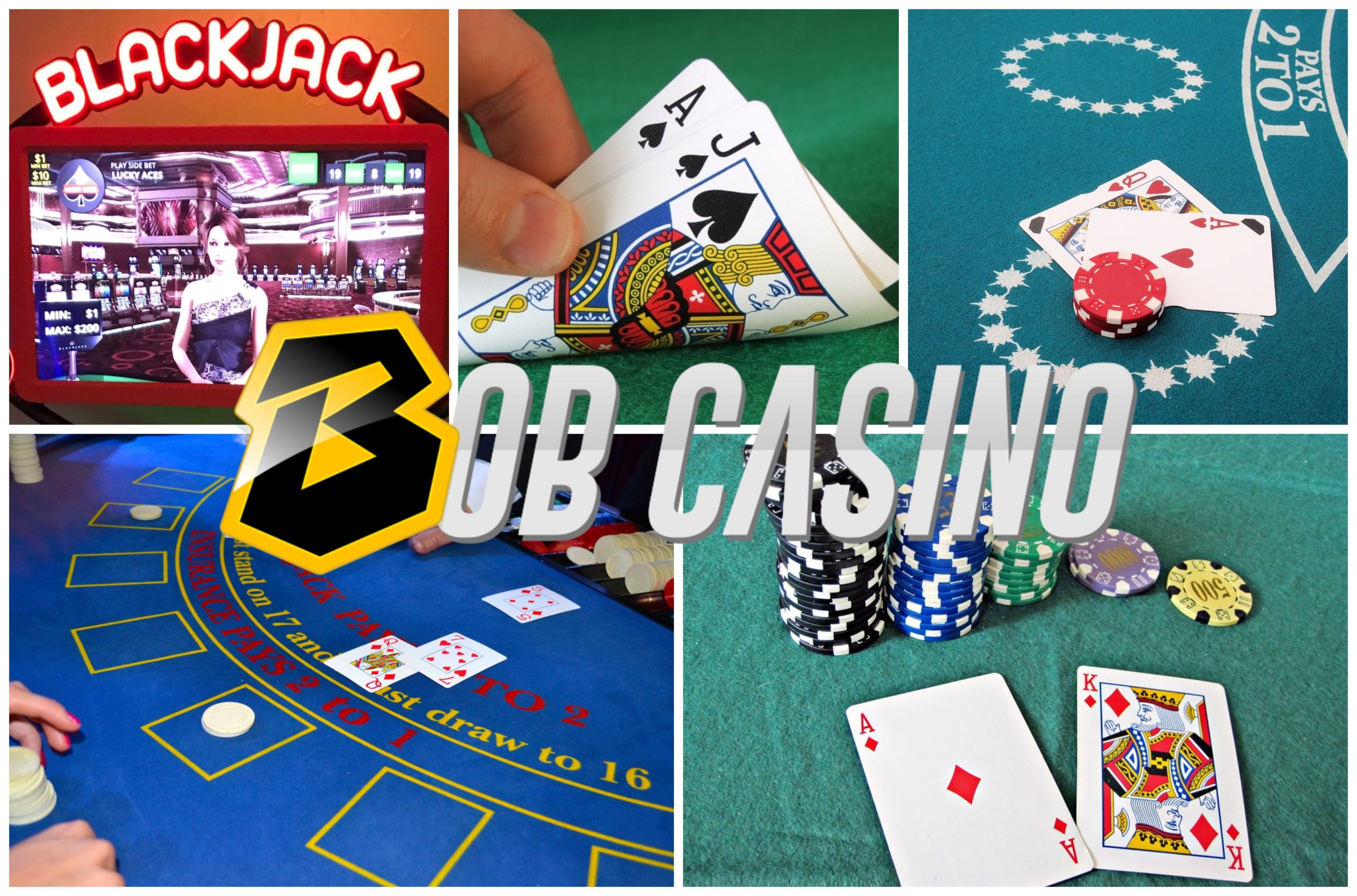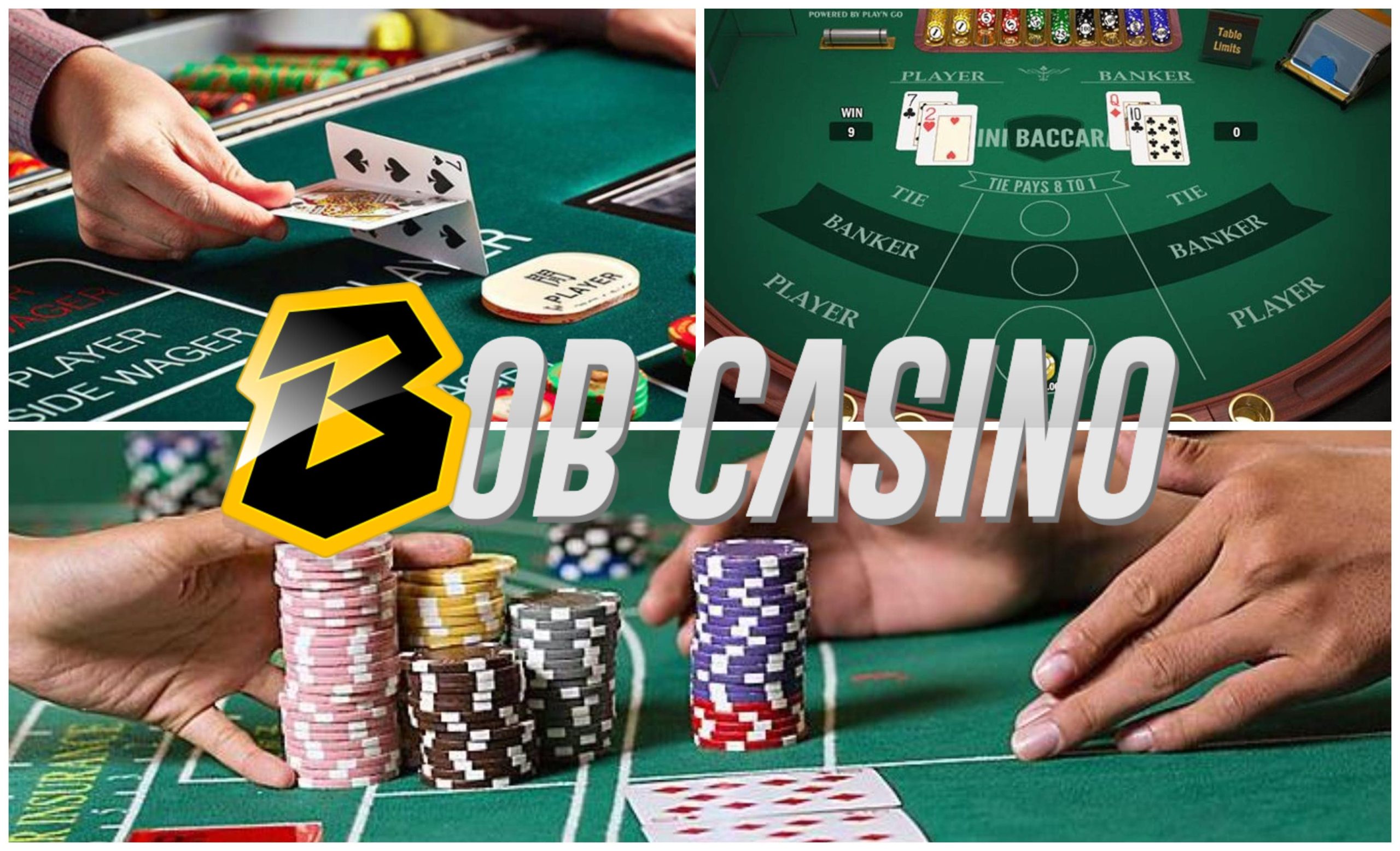 Published: 20.05.2019, 17:55
Published: 20.05.2019, 17:55 6 min read
6 min readThe famous game bears the same principles almost anywhere you play, as its basic Blackjack rules provide the grounds for a fun and challenging game, where luck and skill go hand in hand (no pun intended). European and American Blackjack versions are fairly similar and offer great experiences in their own rights. However, the differences they have can lead the players with different strategies and habits to considerable challenges.
Therefore, we have set out to compare the two versions of the casino table games to see how the players can benefit from both.
Basic European and American Blackjack Differences
The key discrepancies of the two are in the essentials: the number of card decks is different and there is no face-down card, nor surrender option in the European version.
All of that makes the experiences unique and diverse, but noticeably divergent from one another. Here are some overall differences to bear in mind:
American | European |
6-8 card decks | 2 card decks |
Hole card game | No hole card |
Blackjack payout varies 3 to 2 – 6 to 5 | Blackjack payout is fixed from 3 to 2 |
Late surrender is allowed | No surrender |
Double down possible for any hand, even on splits. | Double down only for on 9,10 or 11 total amount, no double down on splits. |
With such contrast in mind, some details are much more nuanced in how they influence the game.
Face Down Card
The most noticeable difference between the two is how the dealer’s face-down card (hole card) is utilized.
American | European | |
| Basics | Hole card game present. | No hole card, the dealer hits after the players. |
+ | By placing insurance, the players can bet on the hole card being a 10. | Players play their hands before the dealer, providing a chance to win before the dealer hits. |
– | The game ends immediately if a hole card is a 10. | Players can endure additional loses if the dealer wins. |
Hole Card Game in American Blackjack
As most players already know, in American Blackjack, the hole card is laid face down and the dealer can peek it if the first card of theirs is an Ace or a ten, thus, giving them a chance to claim winnings before any of the player’s hands are played.
Nevertheless, casinos provide a chance to make an insurance bet before the card is peeked, in order to give the players more flexibility and avoid further losses.
No Hole Card in European Blackjack
Apart from American, there is no hole card in the European Blackjack.
The dealer only gets a single face-up card before the betters play their hands. After that, the dealer can hit, standing on soft 17. This means that the players can actually play their hands and win before the dealer hits.
However, this also means that there may be additional player loses before the dealer plays their hand, and there is no possible precaution, apart from playing the best hand that the player ends up with.
Splitting
There are more nuanced details regarding how cards can be split in European and American Blackjack variations.
American | European | |
Basics | A hand can be split up to 3 times; | Players can split a hand up only once; Double down not allowed after splitting. |
+ | Diverse betting possibilities, which increase the chances of winning. | Provides more challenge and requires to focus on the cards that were used. |
– | Despite various splitting options, an instant 21 with a split Ace is not a Blackjack and other players will get the upper hand with their Blackjacks. | Far less variety of splitting and diversifying the bets. |
Splits in American Blackjack
As one can see, the American version is much more varied, as not only are players able to split up to three times in a single hand, they can do that with any cards of the same denomination, as well as double the bets on these splits.
This ensures that there are multiple ways of diversifying the bet placement options, allowing players to cover more ground and increase their chances of winning.
However, splitting cards will still not guarantee an advantage, as an instant Blackjack in any other player’s hand will overrule a clear 21 with an Ace from a split. This provides a further challenge, but also a balance to the game, considering that 6 to 8 decks are usually used.
Splits in European Blackjack
The European version is rather limited in terms of splitting possibilities.
The hand can only be split once and if the cards with a value of 10 are given, only alike valued ones can be split, with no doubling available. Most players might see that as a disadvantage, as there is less diversity in bet placing.
However, it’s important to remember that only 2 stacks are used so the same splitting possibilities as in American version would not work and the subsequent card counting would derail the game. Therefore, this version can be considered to be more balanced in its own right.
Other Advantages and Disadvantages of European and American Blackjack
Some of the previously mentioned aspects of both variants can lead to significant differences and preferences from certain players. These include:
Blackjack Payout
One of the most favorable advantages of European Blackjack is fixed payout, as many American Blackjack options have payouts different from each other.
American | European | |
Basics | Flexible: varies 3 to 2 – 6 to 5 | Fixed: 3 to 2 |
+ | A possibility to win more from skill. | A fixed guarantee, with precise expectations. |
– | Inconsistency with various casinos. | No way to win more, coupled with limited double downs. |
Dealer
Chances of winning are directly tied to how the dealer can play their hand and how the stand-offs are resolved between players and the dealer.
American | European | |
Basics | Player Blackjack wins over the dealer; | Dealer Blackjack wins over any other 21; Simultaneous dealer and player Blackjack is a push. |
+ | Clear advantage for the player. | The dealer is essentially another player in the game. |
– | No particular disadvantages for the player. | Players can bear additional losses. |
Number of Decks and House Edge
The most favorable advantage of European from American Blackjack for most players is the comparable House Edge, due to the number of card decks used in each variation.
American | European | |
Basics | Cards used from 6-8 decks; Variety of splitting and doubling; Decks shuffled after each round. | Cards used from only 2 decks; No Ace resplits; Splitting and doubling limitations; Decks shuffled after each round. |
+ | Multiple splits and double down options compensate for the number of decks. | Comparable House Edge from only 2 decks. |
– | Almost no way for considering the House Edge. | Decks shuffling limit the card counting for more than one round. |
Conclusion
The essential differences between European and American Blackjack versions make the experiences so diverse that fans of both can be found in any land-based or online casino.
American Blackjack provides a diverse bunch of options to increase your possible winnings with a more aggressive strategy.
With that said, European Blackjack gives the players a more balanced process, within its own capacities, and offers a more sportsmanship-type of game, where the limits and House Edge comparability can be seen as strong assets, instead of shortcomings.











